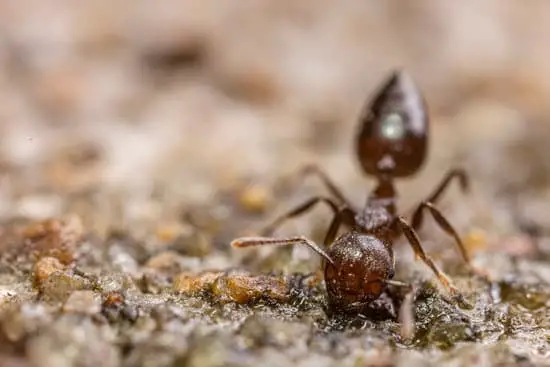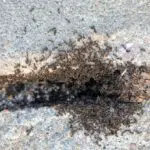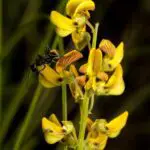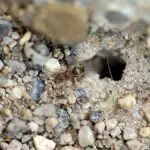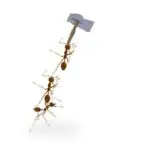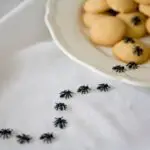How Ants Care For Their Young
Unlike most animals, ants have a well-developed set of social skills. This has allowed them to survive in a wide variety of environments. They are even able to live in homes. However, they can be extremely dangerous. When nests become out of control, ants can threaten pets and humans.
How ants care for their young depends on the species. Most ant species have a preference for moderately moist nests. In addition to nests, ants also tend to forage in the open. When food is scarce, fewer ants are sent out to hunt. They can also use their antennae to sense chemicals on the ground.
While ants are capable of many things, reproduction is one of their most important activities. They reproduce by fertilizing eggs with sperm cells. The fertilized egg becomes a wingless female worker ant. The size of the egg and the food supply determine the number of workers that will be produced.
The queen ant is the true matron of the colony. She is responsible for laying eggs and raising the first brood of workers. In the wild, queen ants can live for as long as 20 years.
They also have a very complex life cycle. In the first generation, a queen feeds her larvae. The larvae are then fed by worker ants in the second generation. The queen may also place brood in small groups near food sources.
The queen ant may also engage in “nuptial flight” with several males. This may involve flying over several hundred kilometers. A group of males may also be released at the same time.
